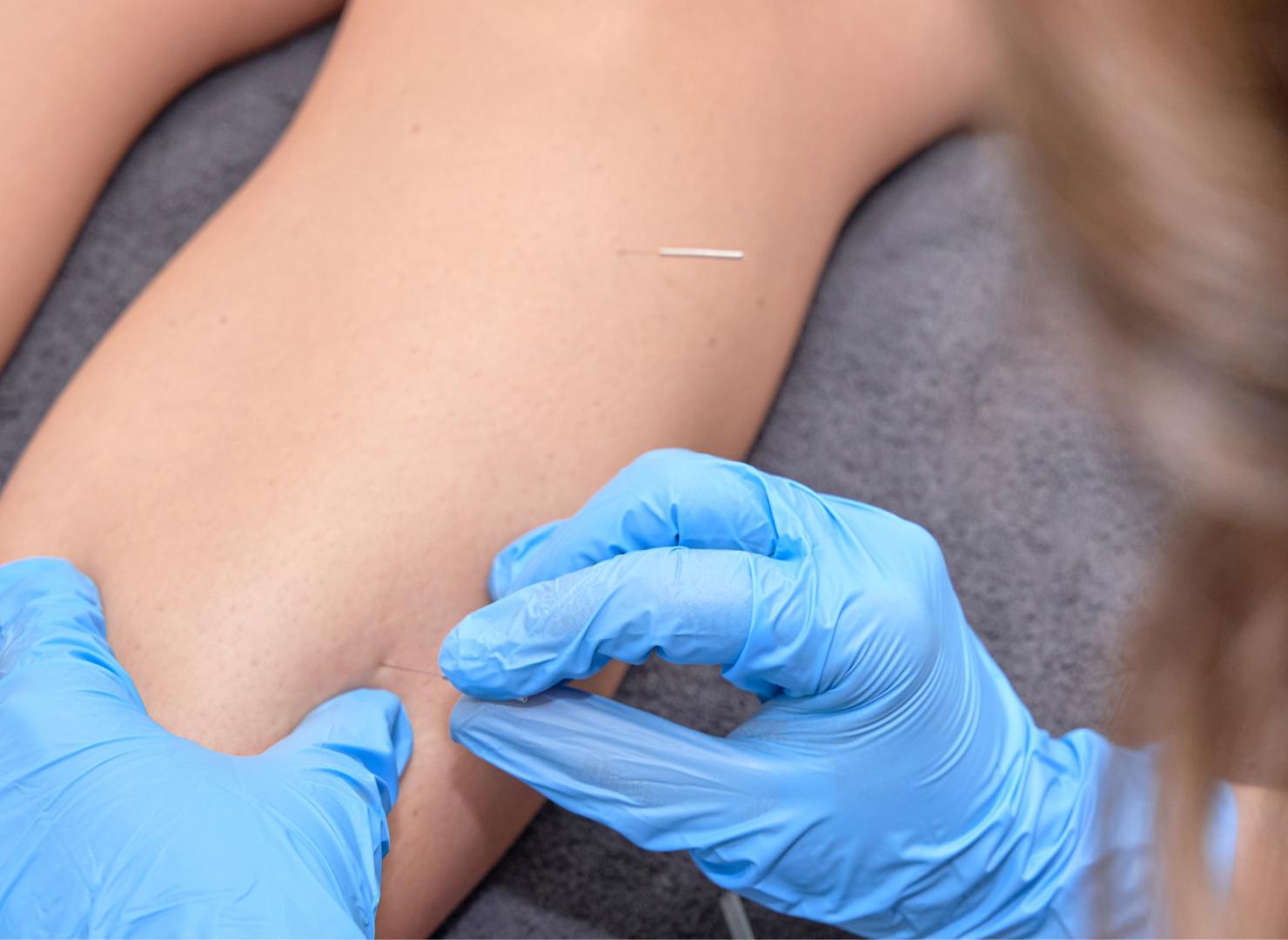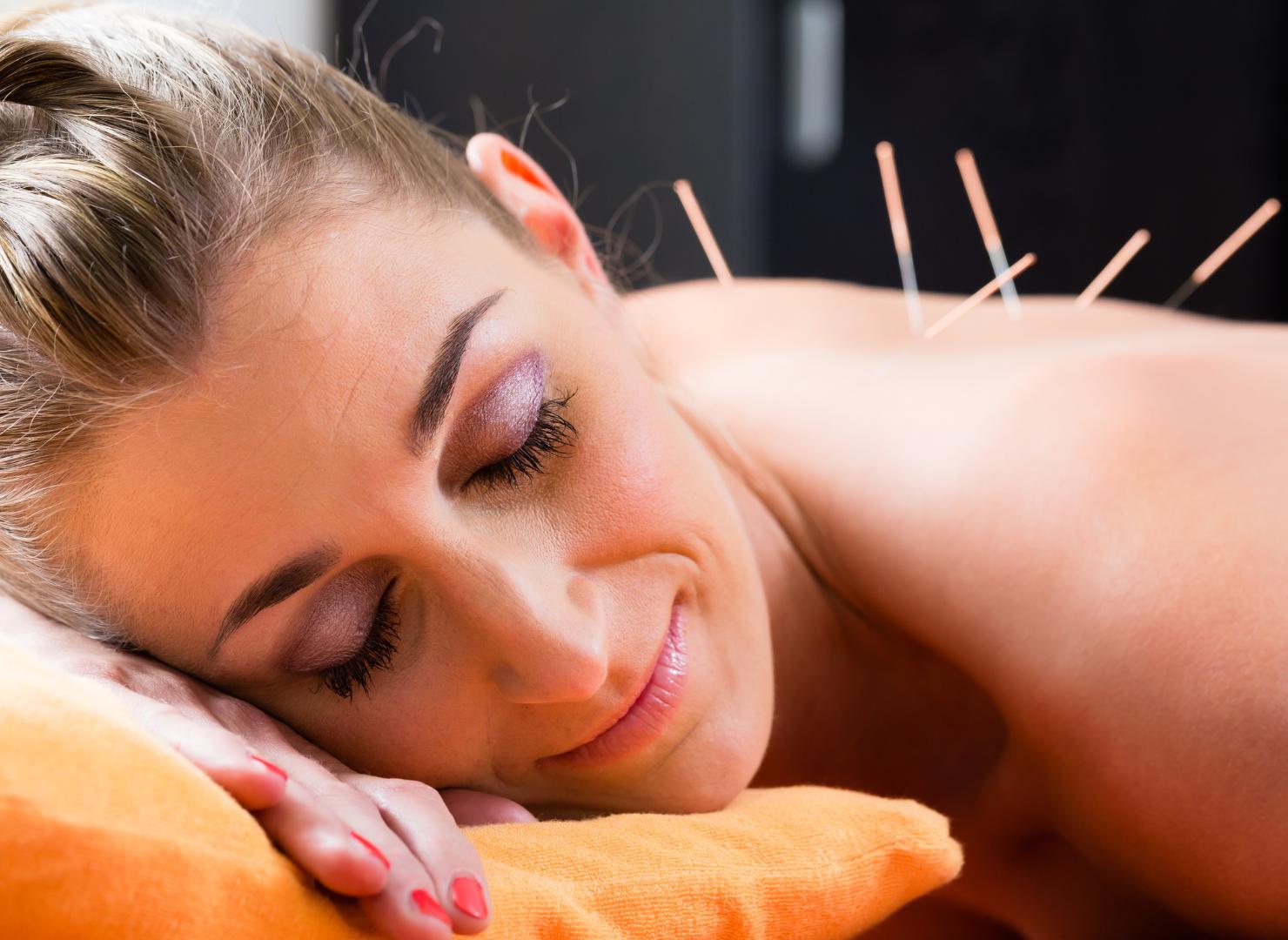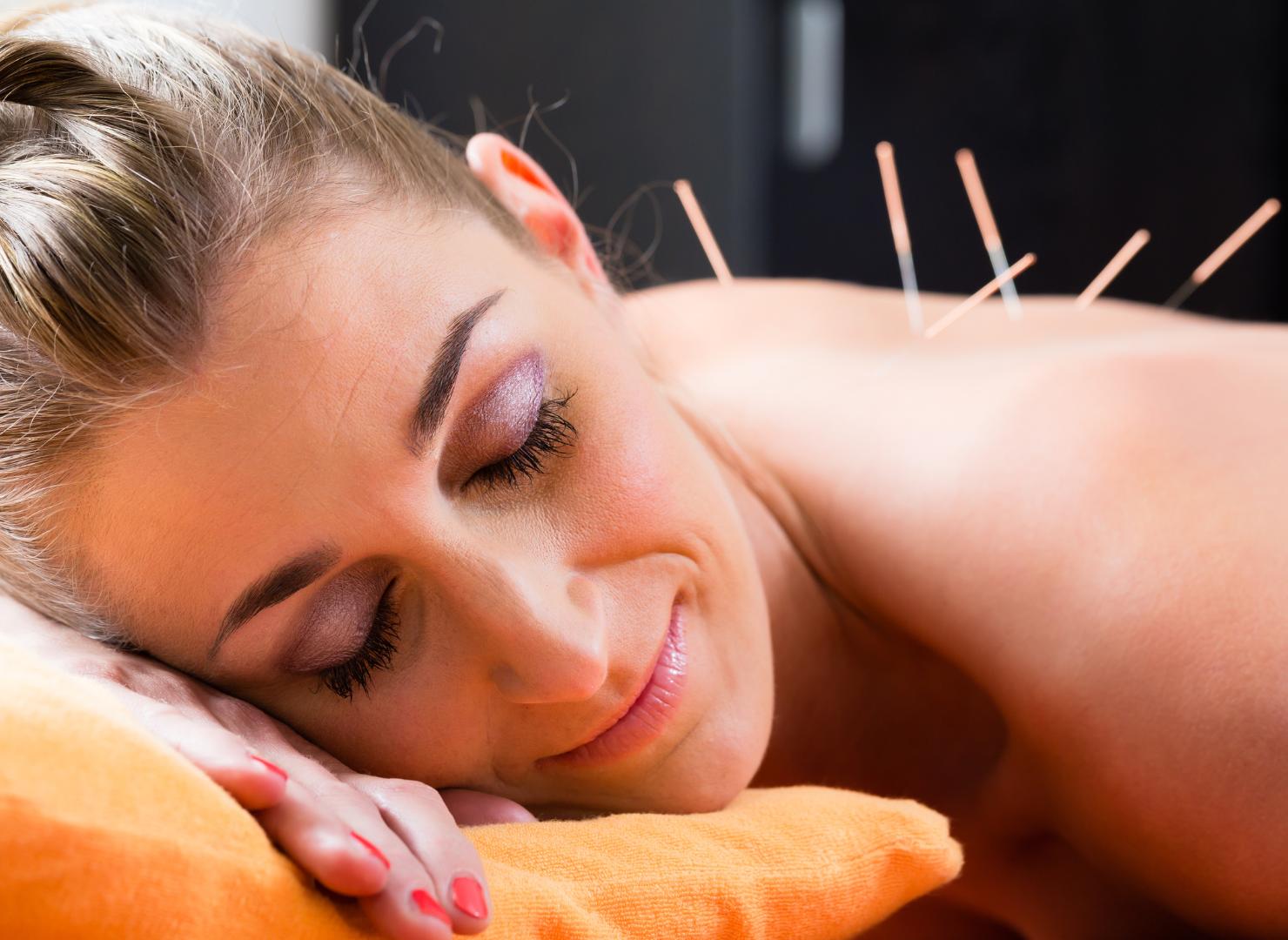Do you struggle with muscle tightness, nagging pain, or slow recovery? If you’re an athlete or someone who works out regularly, you know how frustrating it is when your body doesn’t bounce back as fast as you’d like. That’s why many turn to dry needling vs acupuncture—two popular treatments designed to relieve muscle tension and speed up recovery.
But which one is right for you?
While both involve inserting thin needles into the skin, they have different origins, techniques, and benefits. Let’s take a closer look and explore which treatment could help you move better, recover faster, and get back in the game.

Table of Contents
Dry Needling vs Acupuncture: What’s the Difference?
At first glance, dry needling vs acupuncture might look the same—after all, both involve thin needles inserted into the skin. But while they may seem similar, their background, methods, and goals are completely different.
So, what sets them apart? Let’s break it down:
- Dry needling comes from Western medicine and focuses on myofascial trigger points—those tight, painful knots in your muscles. By targeting these areas, dry needling helps relieve tension, reduce pain, and improve movement (Chys et. al., 2023).
- Acupuncture originates from traditional Chinese medicine and focuses on restoring your body’s natural energy flow, known as Qi. This holistic approach promotes healing, balance, and overall well-being.
Both treatments offer unique benefits, but choosing the right one depends on your specific needs. Here’s a quick comparison between dry needling vs acupuncture to help you decide.

While acupuncture works to restore balance throughout the entire body, dry needling directly targets muscle knots and tension points.
But how exactly does it work, and why is it so effective for athletes? Let’s take a closer look.

How Does Dry Needling Work?
Imagine this—you’re sprinting down the field, making a quick cut, or powering through an intense workout. Over time, these constant movements, sudden impacts, and muscle fatigue can create tight, painful knots (trigger points) that stiffen you up. These tight, trigger points can limit your mobility, slow you down, and even put you at risk for injury.
This is where dry needling makes a difference. By inserting thin needles directly into these tight spots, it helps loosen tight muscles, improve blood flow, and restore mobility. The result? You get to recover faster, feel less pain, and have better performance. So you can get back to training and performing at your best.
Key Benefits of Dry Needling
- Relieves muscle pain and stiffness by targeting deep knots and tension points
- Enhances flexibility and range of motion for smoother, more efficient movement
- Speeds up recovery after intense workouts or sports injuries
- Reduces pain from overuse and strain to keep you performing at your best
Common Conditions Treated
- Sports injuries (strains, sprains)
Dry needling helps ease muscle strains and ligament sprains by releasing tension, improving circulation, and promoting faster recovery.
- Tendonitis
By releasing tight muscles and boosting circulation, dry needling helps soothe tendon inflammation and speed up the healing process.
- Lower back pain
Your back pain often stems from tight, overactive muscles. Dry needling helps relieve tension, improve mobility, and restore function.
- Neck and shoulder tightness
If you struggle with stiffness or discomfort in your neck and shoulders, dry needling can loosen tight muscles, reduce pain, and enhance your movement.
- Chronic muscle stiffness
Persistent muscle knots can limit your flexibility and affect your daily movement. Dry needling helps break up these stubborn areas to help you move freely.
At Rehab Lab Physiotherapy, we use dry needling to help athletes recover faster, move better, and perform at their best. Whether you’re dealing with an injury or looking to enhance your performance, our expert physiotherapists are here to help.
While dry needling focuses on relieving muscle knots and tension, acupuncture takes a holistic approach, working to restore balance and overall well-being. Let’s explore how this ancient practice supports healing and recovery.
How Does Acupuncture Work?
Think of your body as a high-performance engine—when you’re in top condition, everything runs smoothly and you perform at your best. But when your energy flow (Qi) is blocked, you may feel sluggish, stiff, or in pain.
Acupuncture works to restore this balance by targeting specific meridian points or energy pathways that affect your body. By placing thin needles along these points, it helps improve your energy circulation, restores balance, and supports your body’s natural healing process, allowing you to recover faster.
Key Benefits of Acupuncture
- Lessens inflammation and swelling
- Improves blood circulation for faster healing
- Triggers the release of endorphins, to manage pain, stress, and anxiety
Common Conditions Treated
- Chronic pain conditions
Whether it’s back, neck, or knee pain, acupuncture activates your body’s natural pain relief system to help you feel and move better.
- Inflammation from injuries
By improving blood flow, acupuncture helps reduce swelling and supports faster healing.
- Headache and stress-related muscle tightness
Stress can cause muscle tension and headaches. Acupuncture relaxes tight muscles, eases tension, and promotes relaxation.
- General recovery and wellness
Regular acupuncture sessions can help your body recover more efficiently while supporting overall well-being.

Dry needling vs acupuncture, which is better for you?
The best choice depends on your needs, pain levels, and recovery goals. Here’s a breakdown to help you decide:
Choose Dry Needling if you:
- Need fast relief from tight muscles or trigger points
Dry needling directly targets muscle knots, helping them relax and reduce pain almost immediately.
- Want to recover quickly after training or injuries
By increasing blood flow and relaxing overworked muscles, dry needling accelerates healing, helping you get back to peak performance.
- Struggle with recurring muscle stiffness or spasms
If tightness or spasms keep coming back, dry needling breaks the cycle by restoring proper muscle function.
Choose Acupuncture if you:
- Experience chronic pain, inflammation, or stress-related tension
Acupuncture stimulates the body’s natural painkillers, helping manage pain and reduce inflammation.
- Want a holistic approach to recovery
Acupuncture treats the whole body to restore balance and promote overall well-being.
- Need to improve blood flow
By enhancing blood flow and releasing tension, acupuncture supports recovery and helps reduce stress.
Still unsure between dry needling vs acupuncture, and which is right for you? Consulting with a physiotherapist can help you determine the best treatment based on your specific needs.
When Should You See a Physiotherapist?
If you’re experiencing continuous pain, muscle tightness, or slow recovery, it’s a sign your body needs expert care. Ignoring these issues can lead to bigger problems, longer recovery times, and a higher risk of injury.
Our team of sports physiotherapists at Rehab Lab Physiotherapy, specialise in dry needling to help you recover faster, move better, and perform at your best. We’ll assess your condition and create a personalised treatment plan to get you back in top shape.
Want to speed up your recovery after training or injury? Book your dry needling session with us today and get back in action faster!


